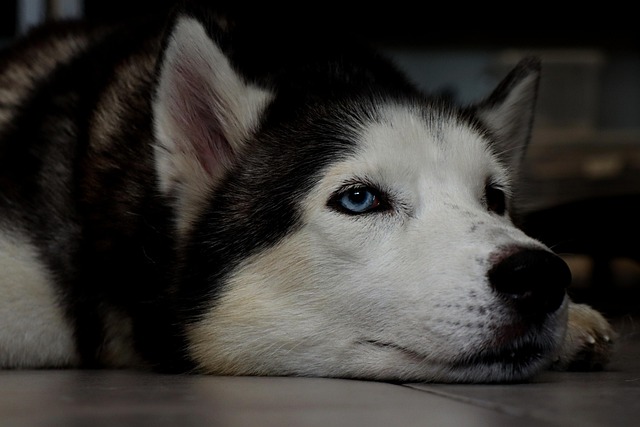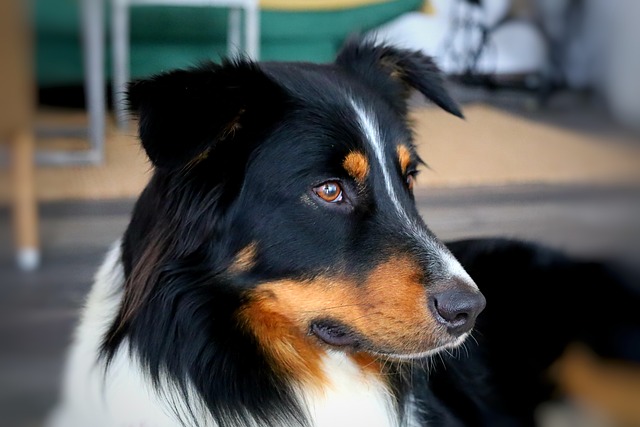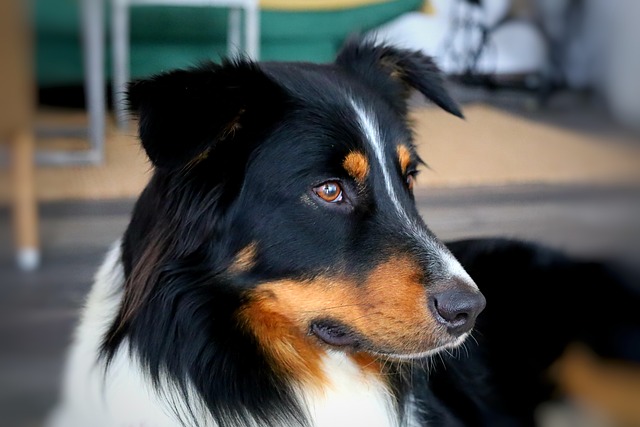
Are paw protectors good for dogs
Imagine you’re in a snowy Boston afternoon, lacing up your boots while your 10-month-old Golden Retriever, Leo, wags his tail by the door.
Imagine you’re in your Seattle apartment, giving your 1-year-old Lab mix a post-walk brush—you run the comb over their back, and they flinch, letting out a tiny whimper. You lean in, and your heart drops: There’s a red, damp patch the size of your palm near their shoulder, oozing a clear-yellow liquid, plus a faint, musty smell you’ve never noticed before. If this panic feels familiar, you’re one of millions of new U.S. dog owners who’ve struggled to spot a bacterial skin infection—one of the most common (and treatable!) issues vets see, especially in pups who love rolling in park grass or snuggling on apartment couches.
Here’s the simple science: Dogs have a natural “skin barrier” that keeps bad bacteria out—but when that barrier breaks (from too much scratching, a small cut from a park stick, or even leftover moisture after a bath), common bacteria (like staph) can multiply fast. Unlike mild dry skin (which just flakes), bacterial infections are your pup’s body fighting off an invader—and they show up in obvious, uncomfortable ways. My friend in Chicago learned this the hard way: She thought her Corgi’s “little rash” was just allergies until it spread to their paw, and the vet explained it was a bacterial infection from licking a scratch too much.
So what exactly should you look for? Start with visible signs: Red, inflamed patches (often warm to the touch) are a big clue—they might look like sunburn or have tiny, pus-filled bumps. Many infections also have a “wet” look: oozing fluid that dries into yellow or brown crusts, or greasy fur around the area. You’ll probably notice a smell too—think “sour milk” or musty, not just regular doggy odor. Then watch your pup’s behavior: They’ll scratch, lick, or rub the spot nonstop (my neighbor’s Shih Tzu even started ing their couch to soothe an infection on their belly). If the infection is on their paws, they might limp or avoid putting weight on it. At home, you can gently wipe the area with a cool, damp washcloth to remove crusts (don’t scrub!)—but never use human creams (they can make it worse!)—and stop letting them lick it with a soft cone (most pet stores sell cheap, adjustable ones for apartments).

Don’t forget U.S. rules and community habits that tie into prevention. First, keep your dog’s rabies and distemper vaccines up to date—bacterial infections can weaken their immune system, and every state mandates current vaccines (some dog parks even check tags!). Always carry waste bags on walks: Picking up poop right away isn’t just the law (I saw a mom get a $40 ticket in Denver for skipping this!)—it keeps your pup from stepping in contaminated soil that could scratch their paws and start an infection. In apartments, make sure to dry your dog completely after baths—damp fur in small spaces is a bacteria hotspot—and wash their bed weekly with pet-safe detergent. Most importantly, never punish your pup for scratching furniture or licking the infected spot: Yelling or tapping their nose goes against U.S. animal welfare standards (the ASPCA calls this “confusing and harmful”). Instead, redirect their attention with a toy when they start itching—positive reinforcement helps them avoid making the infection worse.
If you see any of these signs, call a vet within 24 hours—they’ll prescribe antibiotics (often as chewable pills!) to clear the infection. With quick care, your pup will be back to rolling in the park or napping on your couch in no time—no more flinching or whimpering.

Imagine you’re in a snowy Boston afternoon, lacing up your boots while your 10-month-old Golden Retriever, Leo, wags his tail by the door.

Imagine you’re in your New York City apartment, tossing your 18-month-old Lab mix their favorite rubber chew toy—they usually pounce on it

Akitas are striking dogs, but living with one comes with unique challenges that many first-time owners underestimate. Their independent streak runs deep—this isn’t a breed that craves constant attention or blindly follows commands.

Imagine you’re in your Seattle apartment, handing your 2-year-old Shih Tzu their favorite hard dental chew—they usually grab it and run to their bed, but today they sniff it

Imagine you’re in your New York City apartment, trying to give your 18-month-old Boston Terrier a belly rub—they usually lean into it, but today they pull away

Imagine you’re in your Brooklyn apartment kitchen, stirring a pot of cooked chicken and rice for your 6-month-old Corgi pup.